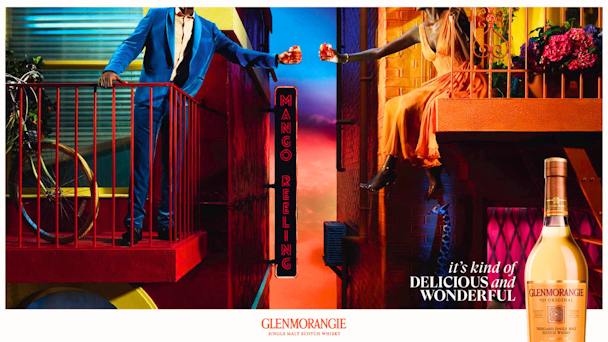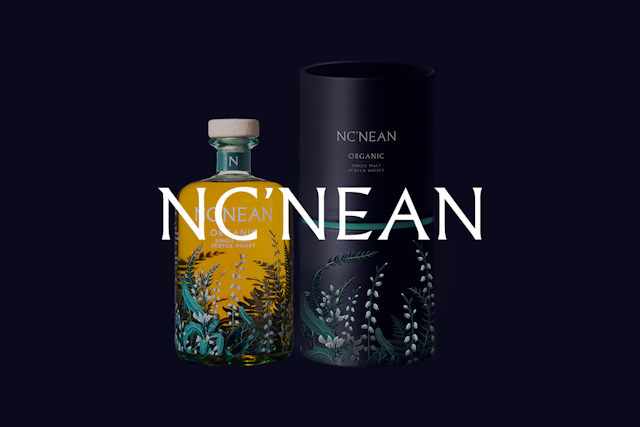Whisky can learn from tequila and rum, just as they once learned from whisky
Whisky’s gone stale. Denomination London’s Bronwen Westrip thinks it must learn from markets she thinks it inspired.

In the world of spirits, tradition often collides with innovation, and nowhere is this more evident than in the dynamic relationship between whisky, tequila, and rum. While whisky has long been revered for its rich history and sophisticated image, more recently, tequila and rum have undergone a remarkable evolution, positioning as premium sipping spirits with global appeal, in contrast to their previous image as lower-value party drinks.
Suddenly, whisky faces being left behind by shifting consumer preferences and contemporary culture.
So, whisky must learn to take cues from tequila and rum – as it once did from whisky.
Advertisement
One of the defining features of the whisky industry is its adherence to tradition, as governed by organizations like the Scottish Whisky Association. Established to protect the integrity and provenance of whisky, these labelling regulations have contributed to a homogenized category for decades. Whisky brands’ marketing and advertising usually emulate those design codes, ensuring they continue to appeal to the discerning connoisseur: adverts focus on the sweeping Scottish Highlands, an amber-filled tumbler sipped next to a roaring fire, or a ruggedly stubbled male celebrity. It’s not that unusual for one ad to feature all three.
But times are changing, tastes are changing, drinkers are changing – and it’s time for whisky’s marketing to change too.
Advertisement
Some brands have recognized this. Think Glenmorangie’s colorful and wonder-filled 2022 ad that featured a hot air balloon ride, a walk through luscious botanical gardens and a retro-inspired arcade [Ad of the Day]– or Nc’Nean, which has shunned tradition and has a beautiful botanical screen printing adorning the bottle, emphasizing its sustainable credibility and marketing the drink to a much wider audience than the traditional whisky enthusiasts.

These brands have recognized that younger generations are looking for more than just tradition and sophistication when deciding what to drink. They are socializing much more intentionally; they want their drinks to mark a moment, to feel fresh and special.
Tequila and rum brands know this, and it shows. In 2023, the IWSR Drinks Market Analysis predicted that tequila would soon become the biggest-selling spirit category by value in the US, overtaking vodka. Rum volume gains rose by 9% in the same year. Tequila and rum have fewer restrictions, allowing for greater experimentation and creativity in marketing and branding, so they have tapped into trends that make them more accessible to a younger crowd.
Suggested newsletters for you
DropWorks rum, created in the UK in what’s said to be Europe’s largest rum distillery, does this with vibrant Britpop-inspired designs and launching different flavored bottle “drops” to appeal to as many consumers as possible. At the same time, El Rayo Tequila has marketed itself in an incredibly modern way. The brand’s aesthetic plays out perfectly on Instagram, usually paired with fashionable Ferm Living glasses.
Instead of associating with cheap nights out of shots and mixers, premium tequila and rum brands have positioned as enjoyable sipping drinks – note that Don Julio 1942 is the serve at The Oscars Governors Ball – or firmly part of cocktail culture.
Interestingly, tequila and rum first borrowed heavily from whisky to get where they are today. These spirits brands now emphasize cask finishes, limited releases, and master distiller signatures to elevate from the cheap, party image they once had. Both now showcase their unique processes and ingredients, allowing consumers to appreciate their flavors more meaningfully.
Ron Zacapa emphasizes the age of its rums and its master blenders, it’s No. 23 is promoted as having been aged in casks that previously held “robust American whiskies,” while Diplomatico emphasizes the craftsmanship and tradition that goes into making the rums in its marketing. These touches foster a sense of trust with consumers.
So, what next for whisky?
While whisky has a rich history and heritage that brands are rightly proud of, they must also find ways to connect with wider audiences. By tapping into modern storytelling, such as digging deep into the distillery’s history to find unusual or quirky stories, they can stand out while retaining their authenticity.
If a whisky brand simply hires a celebrity popular with the younger generation for its advertising or jumps on a social media trend to boost its marketing without carefully considering how it fits the brand’s identity, it will fail. Even worse, it could put off its current consumers.
The trick is to find the truth, the weird and wonderful story, and then tell it in an engaging way that speaks to your consumers on their level, while retaining the transparency of the liquid process and provenance.
As whisky continues to navigate the evolving landscape of the spirits industry, there’s a clear opportunity to draw inspiration from the success stories of tequila and rum. Whisky brands can position themselves for success in today’s market by embracing innovation, transparency, and cultural relevance. The key lies in finding the perfect balance between tradition and modernity and for those willing to embrace change and adapt to the ever-shifting tastes of today’s consumers, the possibilities are endless.

